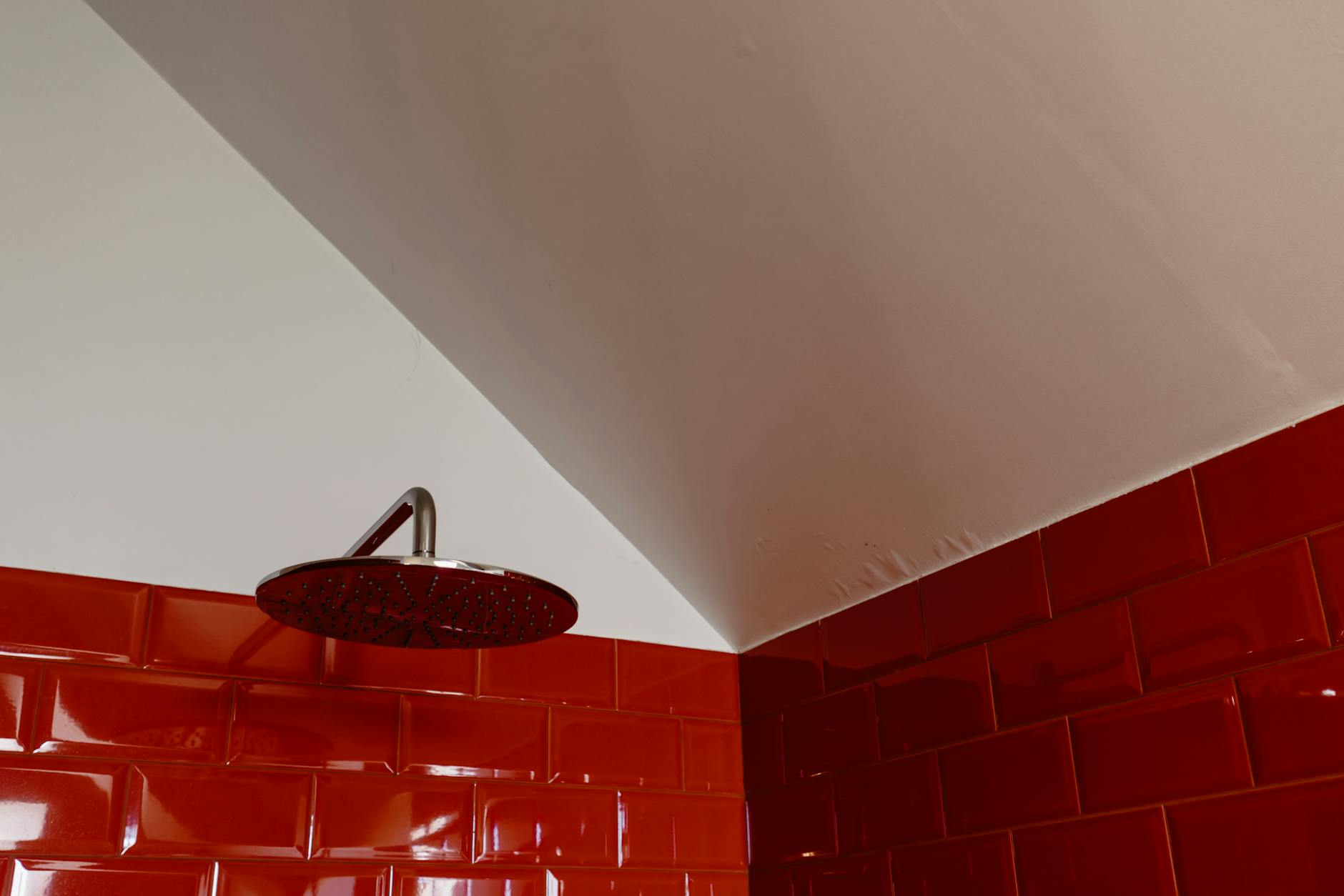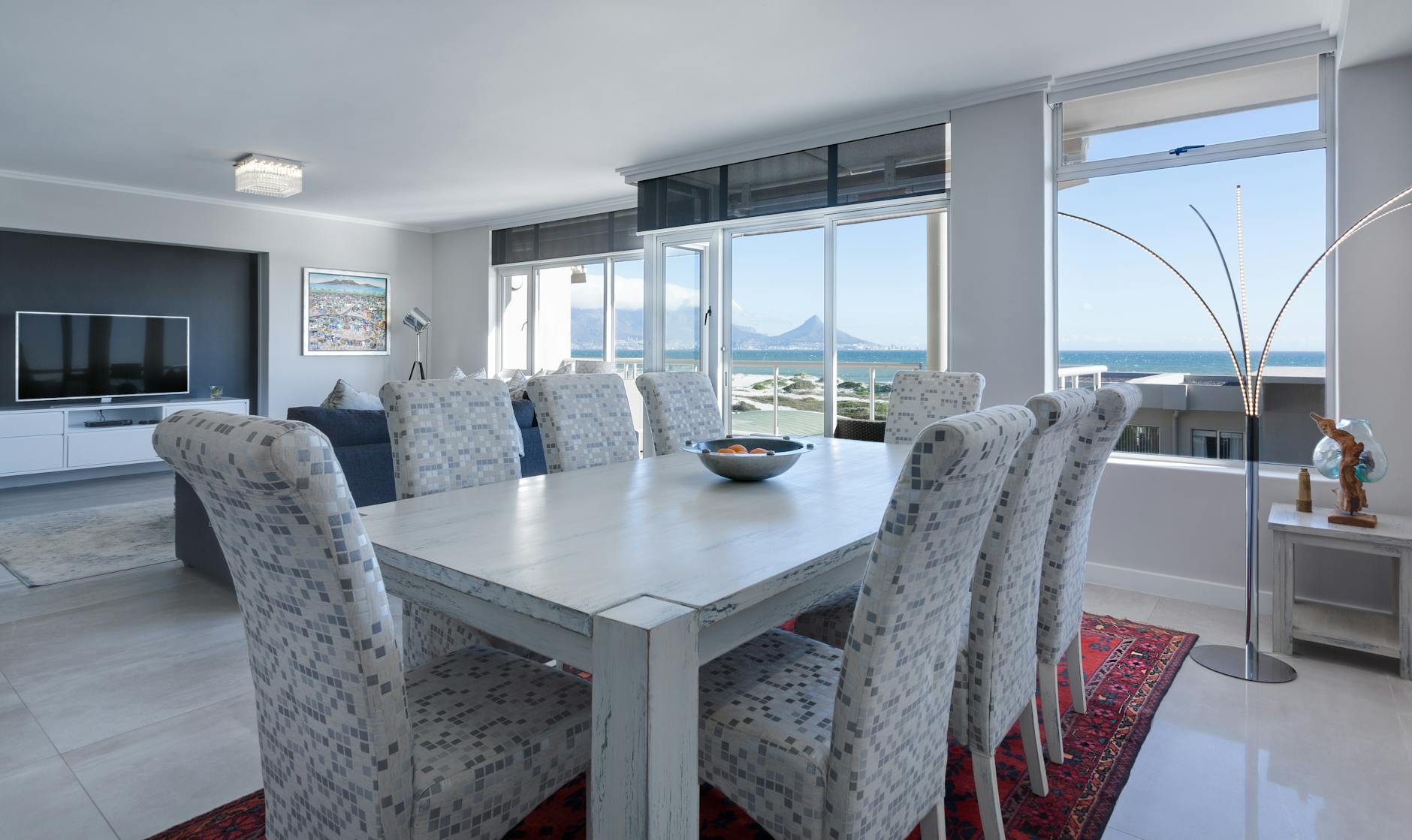How to Create Eco-Friendly Living Spaces in Australia

Assessing Your Space
Unearthing the potential of your living environment begins with a thorough assessment. As an environmental designer with a penchant for innovative solutions, I always urge clients to first understand the existing elements of their space. For those interested in sustainable housing, there is a wealth of possibilities, as evident in projects like the eco-friendly estates in Harpley.
Evaluating Natural Light
Maximizing natural light is essential for creating energy-efficient spaces. By assessing the orientation of your home and the size of your windows, you can harness sunlight effectively, reducing reliance on artificial lighting. This assessment could help with projects akin to sophisticated plumpton homes for sale, which often integrate generous glazing for optimal light use.
Identifying Ventilation Points
Proper ventilation is another cornerstone of sustainable design. Identify natural airflow patterns to enhance comfort and air quality while reducing the need for mechanical ventilation. This approach is particularly valuable for developments similar to werribee house and land, where ventilation complements the mild weather conditions.
Understanding Material Usage
Finally, evaluating the materials used in your home is crucial. Opt for sustainable products that blend functionality and aesthetics without compromising environmental ethics. This can draw inspiration from the sustainable housing initiatives prevalent in areas around Point Cook, leading to eco-conscious choices that resonate with contemporary housing needs, much like the thoughtful designs of houses for sale macedon.
Choosing Sustainable Materials
Wood Alternatives
When considering sustainable materials for your home, wood alternatives are an exceptional choice. These options not only help preserve trees but also encourage the use of durable, renewable resources. For instance, bamboo is a popular substitute due to its rapid growth and strength, making it ideal for flooring and furniture. Engineered wood products, such as particleboard and medium-density fibreboard, leverage wood waste and fibres, maximising resource efficiency. Properties in Houses for sale Maddingley often employ these materials to seamlessly blend durability with style, a nod to Australia's commitment to sustainable development.
Natural Insulation Options
Maximising energy efficiency in your home begins with proper insulation. Modern eco-friendly materials like cellulose, made from recycled newspapers, and sheep's wool, offer excellent thermal insulation while being biodegradable. These materials provide a sustainable alternative to traditional fibreglass insulation, reducing the carbon footprint of your home. Incorporating natural insulation is a fundamental practice in Aintree display homes, where sustainability meets comfort.
Eco-Friendly Flooring
Flooring choices greatly impact a home's sustainability. Opt for materials like cork, which is harvested from the bark of cork oak trees without harming them, or reclaimed wood, which gives new life to salvaged materials. These options are perfect for creating a chic and environmentally friendly interior. As seen in many display homes interior concepts, eco-friendly flooring solutions do not compromise on aesthetic appeal or durability.
Drawing inspiration from eco-friendly estates in Harpley, integrating these innovative design ideas empowers homeowners to establish a sustainable foundation, contributing to a more environmentally conscious future.
Integrating Green Technologies
Renewable Energy Options
When considering the leap toward sustainable living, renewable energy sources are pivotal. Solar panels, for instance, present a feasible option for homeowners in Point Cook, where initiatives often underscore the importance of solar energy. By installing solar panels, you can convert sunlight into electrical energy, significantly lowering your household carbon footprint. Wind turbines, though less common in urban settings, offer another avenue, especially in more expansive estates like those found in Harpley. Such eco-friendly estates in Harpley set a benchmark in renewable integration.
Water Conservation Systems
Equipping your home with water conservation systems is another step toward sustainability. Greywater recycling systems are increasingly being implemented in new developments across Melbourne, providing an option to reuse water from sinks and showers for garden irrigation or toilet flushing. Additionally, installing low-flow fixtures, such as showerheads and faucets, reduces water usage without compromising user experience, aligning with sustainable housing initiatives in Point Cook.
Energy-Efficient Appliances
Incorporating energy-efficient appliances is crucial for reducing household energy consumption. Opt for appliances with high energy star ratings, as they ensure optimal performance with minimal energy usage. In estates similar to Harpley's display homes, such appliances are becoming standard, highlighting a shift toward conscious consumption. Energy-efficient lighting solutions like LED bulbs also contribute to significant reductions in electricity use, making them a staple in climate-aware home improvements.
By integrating these green technologies into our homes, we collectively forge a path toward a more sustainable future. Whether you're exploring harpley estate display homes or considering options like point cook houses for sale, these initiatives demonstrate how innovation can redefine sustainable living in Australia.
Enhancing Indoor Air Quality
Selecting Non-Toxic Paints
When considering how to improve indoor air quality in Greenvale houses for sale, one of the simplest yet most effective choices involves selecting non-toxic paints. Many traditional paints release volatile organic compounds (VOCs) into your home, impacting the overall indoor environment. Opting for paints labelled as low-VOC or zero-VOC provides a healthier atmosphere. These options are now more accessible, and they deliver the same vibrant finishes without compromising air quality.
Choosing Houseplants Wisely
Houseplants can do more than beautify your space; they actively improve air quality by filtering out toxins and producing oxygen. However, not all plants offer the same benefits. Look for species like the snake plant, spider plant, or peace lily, known for their air-purifying properties. These plants are particularly well-suited to indoor environments and require minimal maintenance, making them ideal for those with busy lifestyles.
Implementing Air Purifiers
To achieve optimal indoor air quality, integrating an air purifier can significantly reduce allergens, dust, and other pollutants. When choosing a purifier, consider models equipped with HEPA filters, as they are particularly effective at trapping airborne particles. Coupling these purifiers with sustainable housing initiatives in areas like Point Cook can elevate the eco-friendly standards of display homes in point cook victoria. Prioritising indoor air quality is crucial to creating homes that not only meet aesthetic desires but promote health and well-being as well.
Common Mistakes
Overlooking Insulation Needs
I've observed that neglecting proper insulation can be a common pitfall in sustainable design. In our bid to create energy-efficient homes, it's important to realise that high-quality insulation is key to maintaining indoor temperatures and reducing energy consumption. Consider natural insulation options like cork or recycled denim, which not only reduce your carbon footprint but also draw from the ethos of sustainable housing initiatives in Point Cook. Proper insulation supports a comfortable indoor climate without relying heavily on artificial heating or cooling, ensuring a future-oriented approach to home design.
Misusing Eco-Friendly Products
Using eco-friendly products requires nuanced understanding. The market is teeming with greenwashed products that claim environmental benefits but fall short when scrutinised. The ideal approach is to focus on genuine eco-friendly innovations, like those celebrated at environmental conferences at the Melbourne Convention and Exhibition Centre. Always research product certifications and prioritise materials with proven environmental credentials. Additionally, incorporate energy-efficiency apartment strategies that optimise the use of such products in your home setting.
Ignoring Long-Term Impact
One of the most transformative shifts in sustainable design is acknowledging the long-term impact of our choices. When designing, consider the life cycle of materials—how they are sourced, their durability, and what happens to them at the end of their usefulness. Failure to do so will compromise the environmental integrity of your project. Collaborate with eco-friendly estates in Harpley, learning from their long-term sustainability goals and innovative design methodologies. These insights will arm you with the foresight to devise living spaces that align with both personal and ecological well-being objectives.


